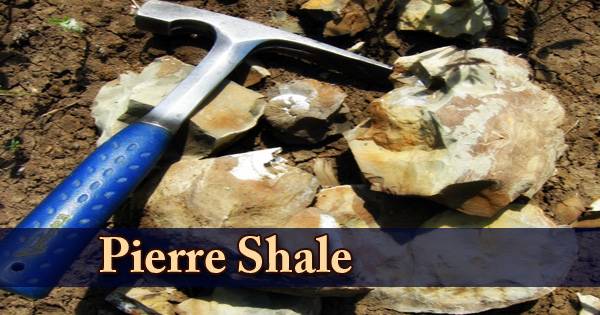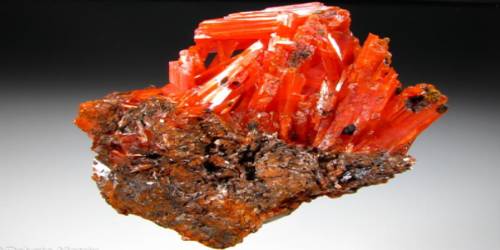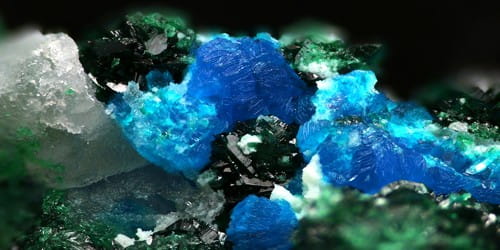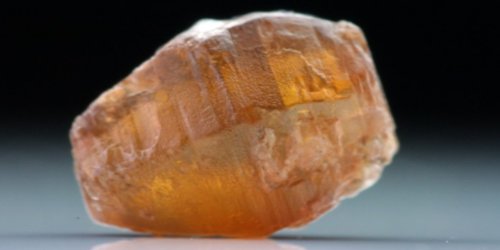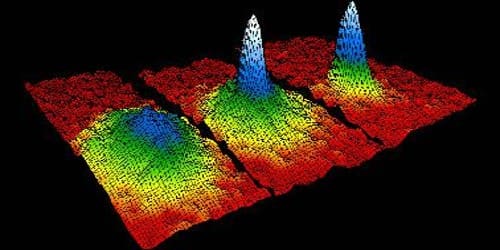Halite (/ˈhælaɪt/ or /ˈheɪlaɪt/) is a very common and well-known mineral, commonly known as rock salt; its chemical name is sodium chloride (Na Cl). It is present in solid masses, and in the oceans and salt lakes, as a dissolved solution. The mineral is usually colorless or white but can also be light blue, dark blue, purple, violet, red, orange, yellow, or gray depending on the presence of other compounds, impurities, and structural or isotopic anomalies in the crystals. Halite occurs on all continents in beds that range from some meters to quite 300 m (1,000 feet) in thickness.
Halite is mainly a sedimentary mineral which typically forms in arid climates where water evaporates from the oceans. It also occurs with other minerals depositing evaporites, such as some of the sulfates, halides, and borates. The name halite is derived from the Ancient Greek word for salt, ἅλς (háls). Underground Halite deposits are mostly mined by digging deep into the salt layer and bringing hot water into a brine that dissolves the salt easily. The brine is diluted and then drained out with dissolved salt.
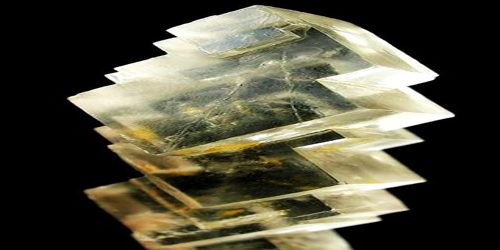
Halite cubes from the Stassfurt Potash deposit
Today, halite occurs on the surface in playas in areas where evaporation exceeds precipitation, such as in the Badwater Basin salt flats in Death Valley National Park. Extensive underground beds in the United States and Canada range from western New York’s Appalachian basin to parts of Ontario and under much of Michigan Basin. Other deposits are in Ohio, Kansas, New Mexico, Nova Scotia, and Saskatchewan. The Khewra salt mine could be a massive deposit of halite near Islamabad, Pakistan. Deformation of halite beds often results in salt plugs being extruded from overlying sediments, as with salt domes and diapirs.
Rock Salt, which is most commonly available, is regrown from evaporated salt brine and is not the natural crystals. Halite also arises from evaporation at salt springs where salty water in a salt deposit falls out of the ground and precipitates as rounded globular masses. Salt has quite a variety of applications. Most of the salt produced is crushed and utilized in the winter on roads to regulate the buildup of snow and ice. Significant amounts of salt are employed by the industry. For humans and most animals, salt is an important nutrient and it is also a preferred seasoning for many forms of food. Salt is a mineral everyone knows about.
In France, and a few other localities, rare, purple, fibrous vein filling halite is found. Halite crystals called hopper crystals to tend to be “skeletons” of the standard cubes, with the edges present and the depressions of stairs on, or rather in, each face of the crystals. In some underground salt deposits like Texas and Louisiana, salt is pushed upwards by an underground force through soft ground and forms arched structures referred to as salt domes. These deposits are also significant salt mining sources and are special geological formations.
The Sifto Salt Mine is the vastest underground salt mine in the world. Using room and pillar mining methods it produces over 7 million tons of rock salt per year. It is situated in Ontario, Canada, half a kilometer under Lake Huron. Although the color range of Halite are often caused by impurities, the deep blue and violet colors are literally caused by defects within the space lattice, and therefore the pink and peach colors of the many dry lake Halite specimens are caused by bacteria from various algae.

Halite from the Salton Sea 4 inches (10 centimeters)
Artificial Halite can be easily produced as crystals by allowing for the evaporation of a saturated salt water solution. As the brine evaporates and the crystal grows, hopper-shaped cubes can form. In fact, a few Halite specimens on the market are artificially grown crystals shaped in that way. Halite is additionally often used both residentially and municipally for managing ice. Because brine (a solution of water and salt) includes a lower temperature than pure water, putting salt or saltwater on ice that’s below 0 °C (32 °F) will cause it to melt this effect is termed freezing-point depression.
Enormous halite deposits are being worked into salt mining. Some of its most common uses are as a food seasoning, melting snow and ice for road protection, as salt licks for cattle (these provide the cattle with salt, which is important for their health), and for medicinal use. Halite is also the primary mineral of the sodium and chlorine elements. Deep blue and infrequently purple crystals, including those with color zoning, have come from the potash mines within the Carlsbad area, Eddy Co., New Mexico.
Information Sources:

